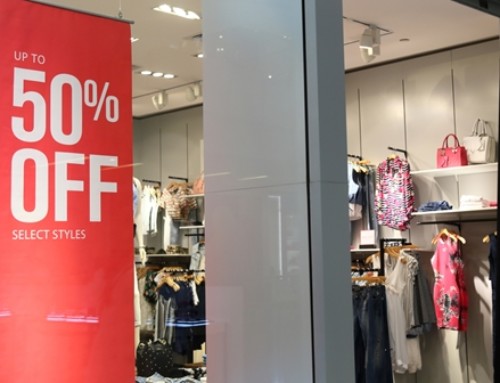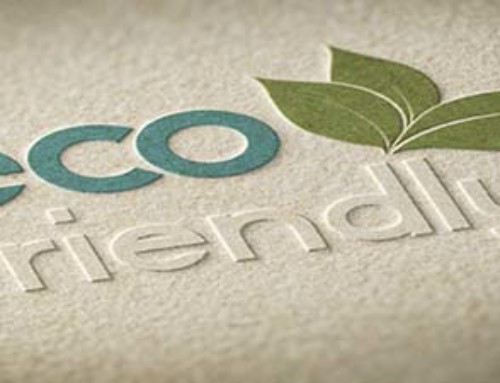Are e-commerce stores replacing traditional brick-and-mortar retailers? With Toys ‘R’ Us having folded, Sears declaring bankruptcy and Macy’s reducing its footprint – all events happening within the year – it certainly seems that way.
While there’s no denying that more stores are optimizing websites to give customers more purchase convenience, a recent study suggests that brick-and-mortar locations – and the various forms of retail display signage that they include like banners, aisle markers and channel strips – aren’t going anywhere anytime soon.
“Stores opening led to a 37% increase in online store visits.”
According to a newly released report from the International Council of Shopping Centers, when new stores open, traffic at the same stores’ websites rises sharply. That’s the main takeaway from the analysis, which revealed a 37 percent increase in visits to companies’ websites in the aftermath of physical locations drawing in-person customers. Additionally, web traffic within the same stores’ overall market also rose, averaging an increase of 27 percent compared to when stores weren’t present or were under construction.
Omnichannel – which gives customers greater access to products and services by shopping and buying them both in person and online – has revolutionized the retail industry. Static window clings that graced the front of stores are also found at the top of web pages, informing visitors of sales events, special discounts and other announcements.
Strategically placed point-of-purchase display graphics and retail signage has informed buyers of their options for shopping, and in the process, altered how retailers make use of their resources. But the notion that brick-and-mortar stores aren’t as popular as they used to be doesn’t bear out in the data, noted ICSC President and CEO Tom McGee.
“The clicks versus bricks debate is over,” McGee explained. “We have long suspected that there is a direct and positive correlation between having both a physical and a digital presence, and the Halo Effect study confirmed this.”
McGee went on to say that retailers are in the midst of a renaissance period by putting more investments into their physical presence and freshening up their branding with eye-popping retail signage that gets noticed, such as pole signs, concrete graphics and yard signs, grabbing customers’ attention to store entrances or people passing by.
Most will buy in store during the holidays
These and similar marketing strategies appear to be paying dividends. The typical consumer during the holiday season intends to spend an average of approximately $1,010, according to the National Retail Federation. That’s a 4.1 percent increase from 2017.
Not only that, but the majority of Christmas and Hanukkah gift givers will be buying in-store, mainly department stores, the poll found. Fifty-one percent said they intend to patronize discount stores this year, 44 percent will go to supermarkets and 33 percent patronizing clothing outlets.
As far as determining the best retailer to shop at, 45 percent pointed to location as their most important factor, according to the NRF survey.
Another key upshot of the analysis – store closures often presages bad news for online sales. In the aftermath of brick-and-mortar retailers take signage down, web traffic fell by an overall average of 4 percent, the ICSC study revealed. Losses were even greater for department stores – down approximately 8 percent – and more than 16 percent for home decor.
“The physical store is the hub of customer experience and service,” McGee stressed. “Consumers today want to choose where and when they shop. Retailers that innovate and create a true omnichannel experience, leveraging the strengths of both physical and digital, will thrive.” Updating the store graphics and designing an attractive store interior reinforces the importance of having a positive shopping experience.
In a digital age, you need the best in wide format digital printing or wide format screen printing to ensure your online and brick-and-mortar marketing strategy is on the same page. Hopkins Printing offers superior production capabilities of the and state-of-the-art printing technologies in the newest Inca Onset X and Zund D3 machines that you can depend on to get every signage job done right.



